Apple round-up: iPad mini and iPad 4, plus new 13-inch MacBook, iMac and Mac mini
We assess the music making potential of the new hardware
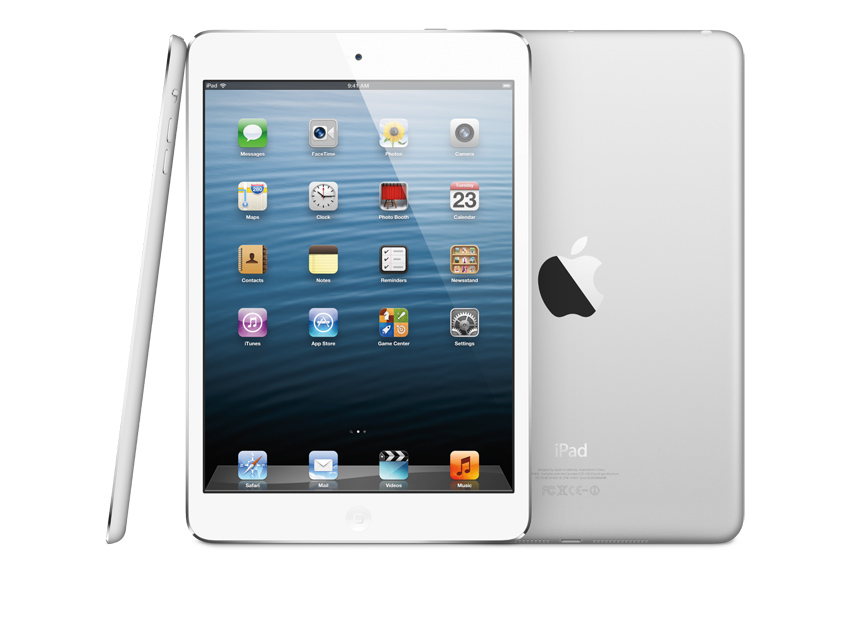
Tablet, laptop and desktop computers
As expected, Apple unveiled its iPad mini yesterday, but it surprised more than a few commentators by also updating its full-size iPad and announcing significant updates to three of its Mac products.
What does all this mean for music making? Read on and we’ll give you our considered verdict.
NEXT: Should you buy the iPad mini for music making?
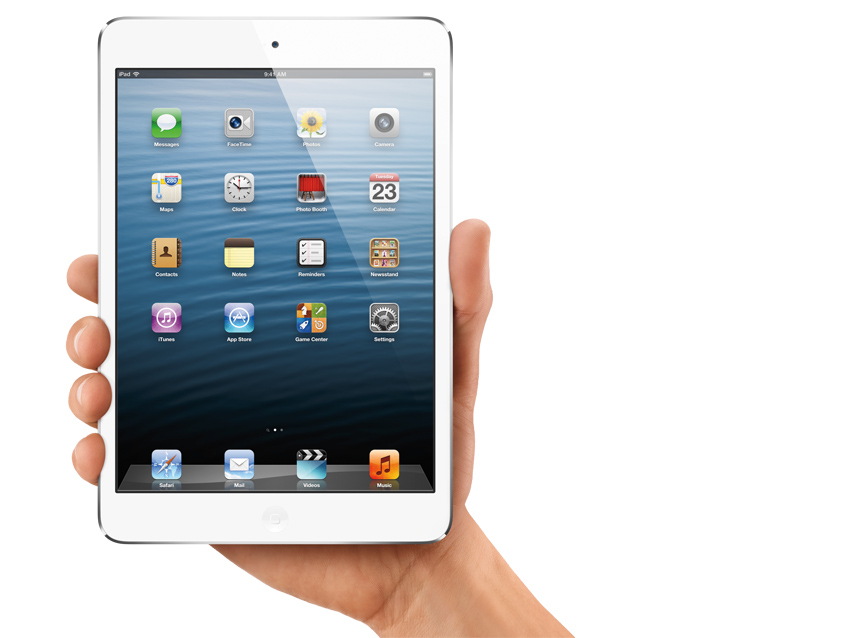
iPad mini
It looks great, obviously, but we’re not sure whether the iPad mini is the right tablet for music making.
If you want a super-portable iOS solution, you’ll go with an iPhone or iPod touch, and if you want the best music making experience – ie, the one that gives you the most power and largest display – you’ll plump for one of the larger iPad models.
Add to that the fact that the entry-level iPad mini costs just £60 less than the iPad 2 - which, lets not forget, sports a peripheral-friendly 30-pin dock connector - and you have to wonder what kind of musician will be drawn to it.
Still, at least all of your favourite iOS music making apps will run natively immediately. And, like we said, it looks great.
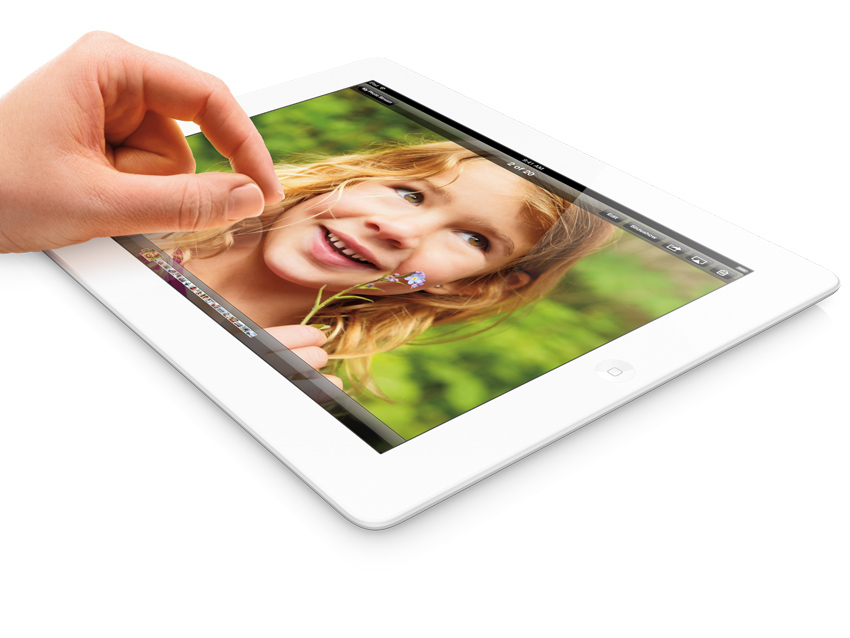
iPad with Retina Display
We weren’t expecting Apple to introduce the ‘iPad 4’ at this event, and if you shelled out for its predecessor - announced just seven months ago, let’s not forget - you’re entitled to feel a little aggrieved that it’s been superseded so soon.
This is particularly galling when you consider that the new iPad with Retina Display promises to be “twice as fast” as the model it replaces.
The screen is the same, but the 30-pin dock connector has been ditched in favour of the smaller Lightning one. As such, music makers will have to contend with the same issues as iPhone 5 users: existing peripherals that connect to the dock will require an adapter in order to work.
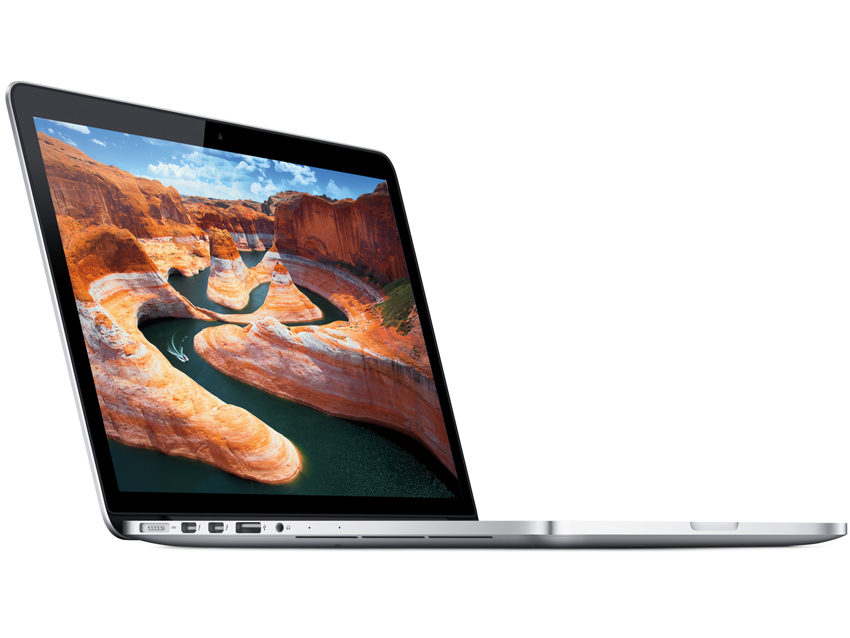
13-inch MacBook Pro with Retina Display
Apparently, Apple’s 13-inch MacBook Pro is its most popular Mac, and this new model is said to be 20 percent thinner and almost a pound lighter than the existing model.
More importantly, it comes with a super-sharp Retina Display and flash storage, making this a very enticing proposition for the music maker on the go. However, if you want an optical drive, you'll have to buy the non-Retina version.
At £1,449/$1,699 for the 2.5GHz dual-core Intel Core i5 model, it’s significantly more expensive than the standard 13-inch MacBook: only you can decide if it’s worth the extra cash.
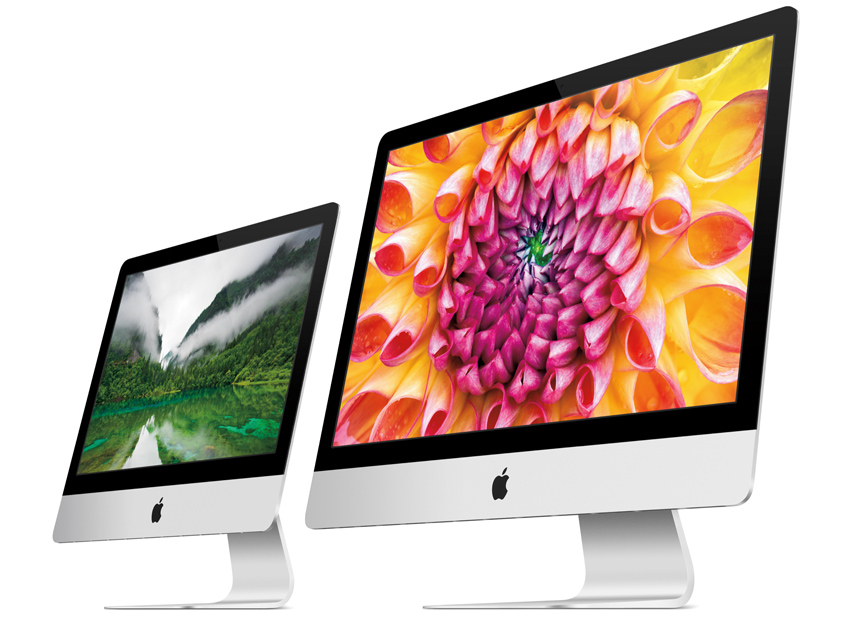
iMac
Faster and thinner are (yet again) the keywords here: the new iMac would appear to be a powerful music production machine that also looks nice in your living room.
The volume of the new model is said to be 40 percent less than its predecessor, and the edge of the screen is a mere 5mm. Apple claims that you get less reflection from the display, too.
Inside, you’re looking at a third generation 2.7 GHz quad-core Intel Core i5 for the 21.5-inch base model - you can also go for a 27-inch iMac. If you can afford the extra £400/$500 it’ll cost you to have it, the extra screen real estate will come in handy when you’re managing multiple DAW windows and plug-ins.
Storage is handled by the Fusion Drive, which combines flash memory and a hard drive and promises to ‘intelligently’ manages files and applications to give you the best performance.
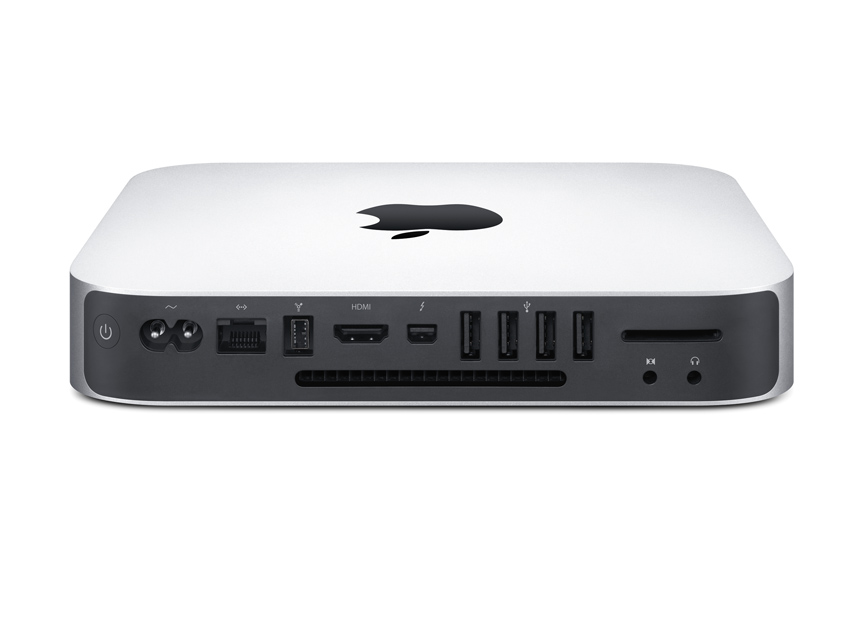
Mac mini
If you’re looking to upgrade your music making Mac and already have a decent display, the Mac mini remains a very sensible solution.
You can now choose from models with third generation dual-core Intel Core i5 or quad-core Intel Core i7 processors, and you get three USB ports to accompany the Thunderbolt and FireWire 800 ones.
Best of all is the price: if you want a relatively affordable route into the world of Mac music making, this is it.

I’m the Deputy Editor of MusicRadar, having worked on the site since its launch in 2007. I previously spent eight years working on our sister magazine, Computer Music. I’ve been playing the piano, gigging in bands and failing to finish tracks at home for more than 30 years, 24 of which I’ve also spent writing about music and the ever-changing technology used to make it.









